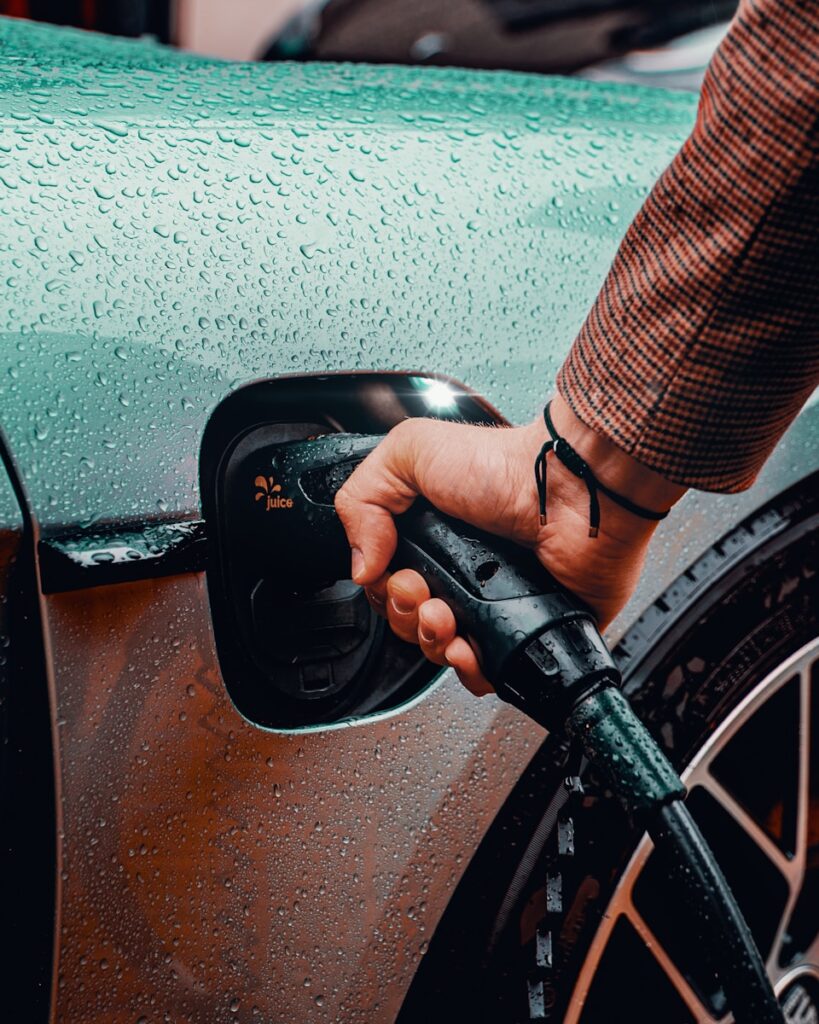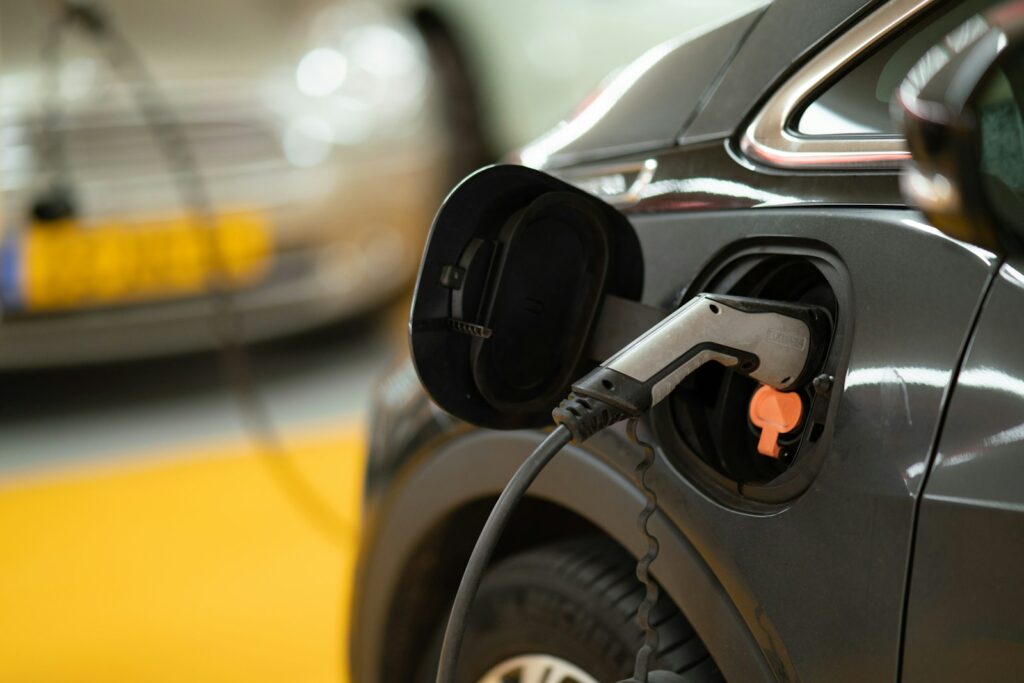
The global automotive industry is undergoing a dramatic transformation as electric vehicles (EVs) evolve from niche concepts into mainstream transportation. Advances in battery technology, motor efficiency, and digital integration have pushed EVs to the forefront. Yet a deeper question lingers: can an electric car ever capture the “soul” long associated with its roaring internal combustion predecessors? Kia provides a fascinating lens through which to examine this debate, especially when comparing the sleek EV6 to the quirkier, older e-Soul.
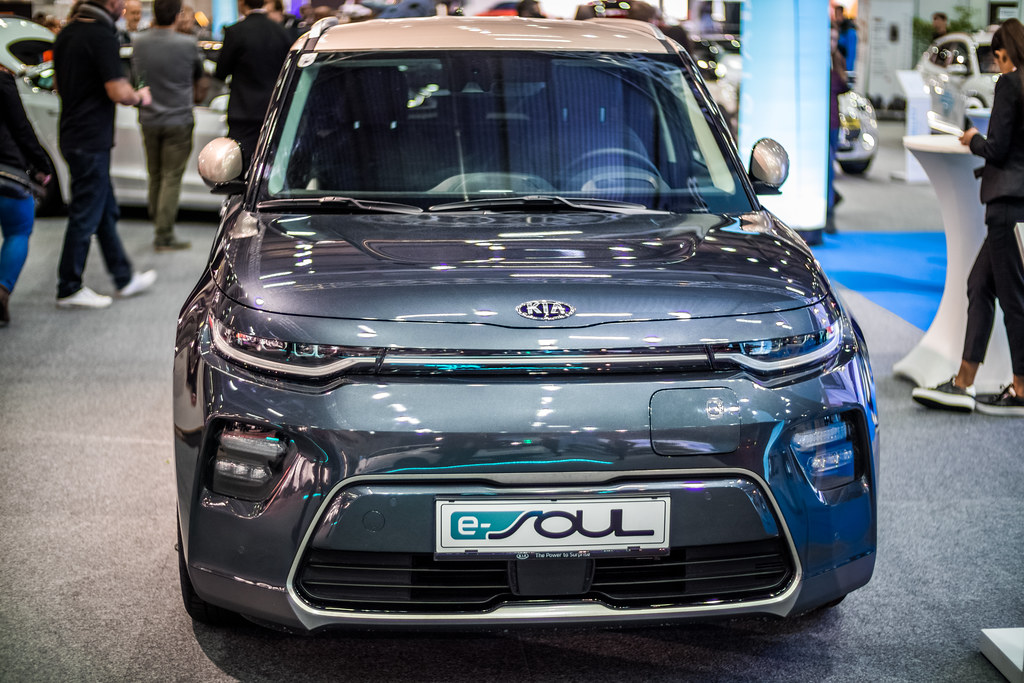
Kia’s EV Foundations: Building Credibility Before the EV6
Kia’s electric journey began well before the arrival of the EV6. Early models such as the Niro EV and the first-generation Soul EV laid the groundwork for the brand’s credibility in the EV space. The Soul EV, launched in 2014 with a 27 kWh battery later upgraded to 30 kWh, achieved an EPA-rated range of 93 miles for the 2015 version. By January 2016, global sales surpassed 10,000 units, with Europe emerging as a key market.
Despite its unconventional boxy design, the Soul EV proved practical and efficient, sharing critical components with the Niro EV. These models demonstrated Kia’s long-term commitment to electric mobility, showing that the company was not merely experimenting but steadily building a legacy.
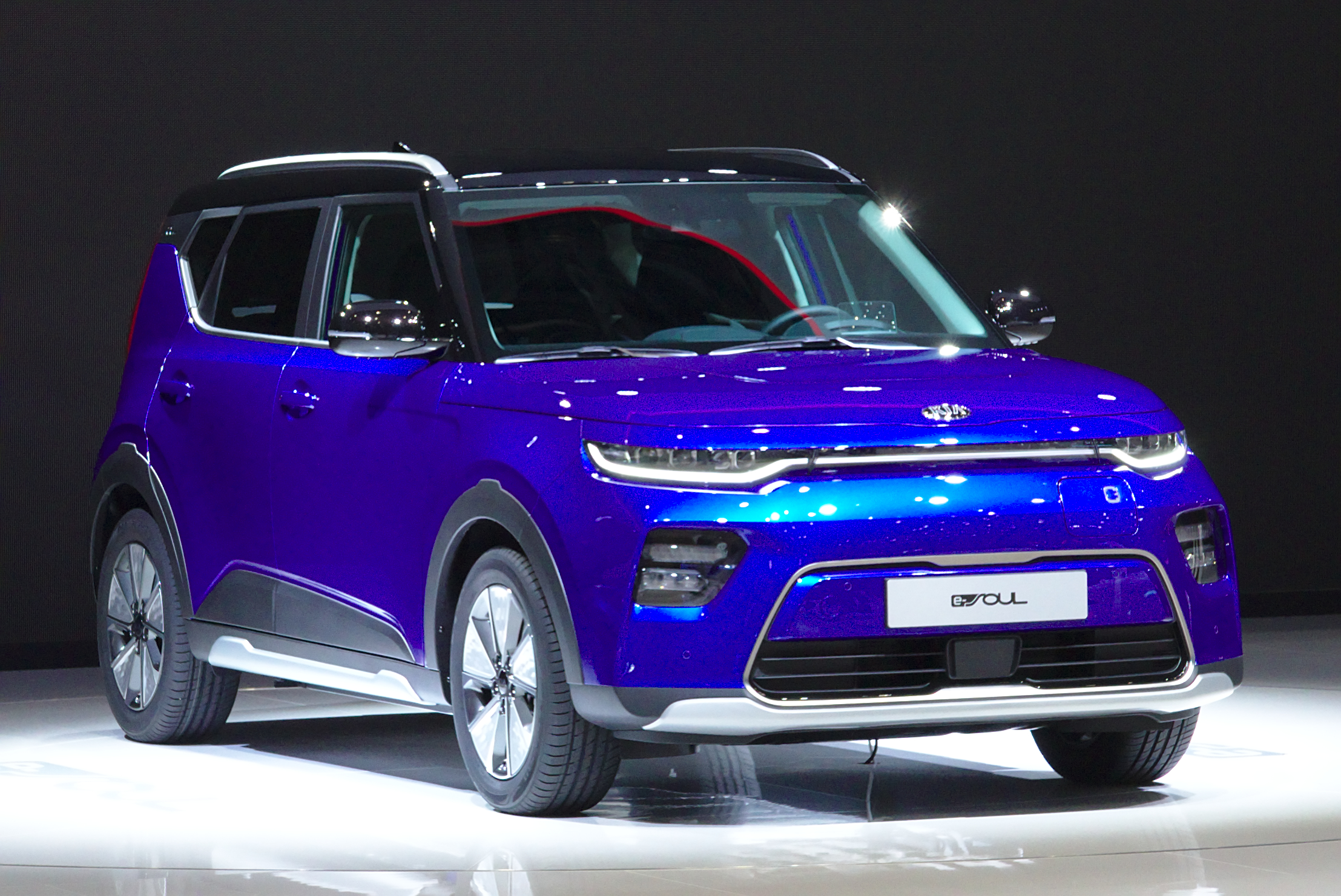
The Unexpected Favorite: Why Some Drivers Prefer the e-Soul
While the EV6 represents Kia’s most advanced EV, not all drivers are convinced it offers the most rewarding experience. Some enthusiasts find themselves drawn instead to the Euro-spec e-Soul, describing it as the “weird boxy-looking one with the awesome sound system” that they would “actually like to take home and own.”
This surprising preference suggests that emotional connection is not dictated by technological superiority alone. The e-Soul’s straightforward design and engaging character resonate with drivers in a way that challenges the assumption that newer always means better.
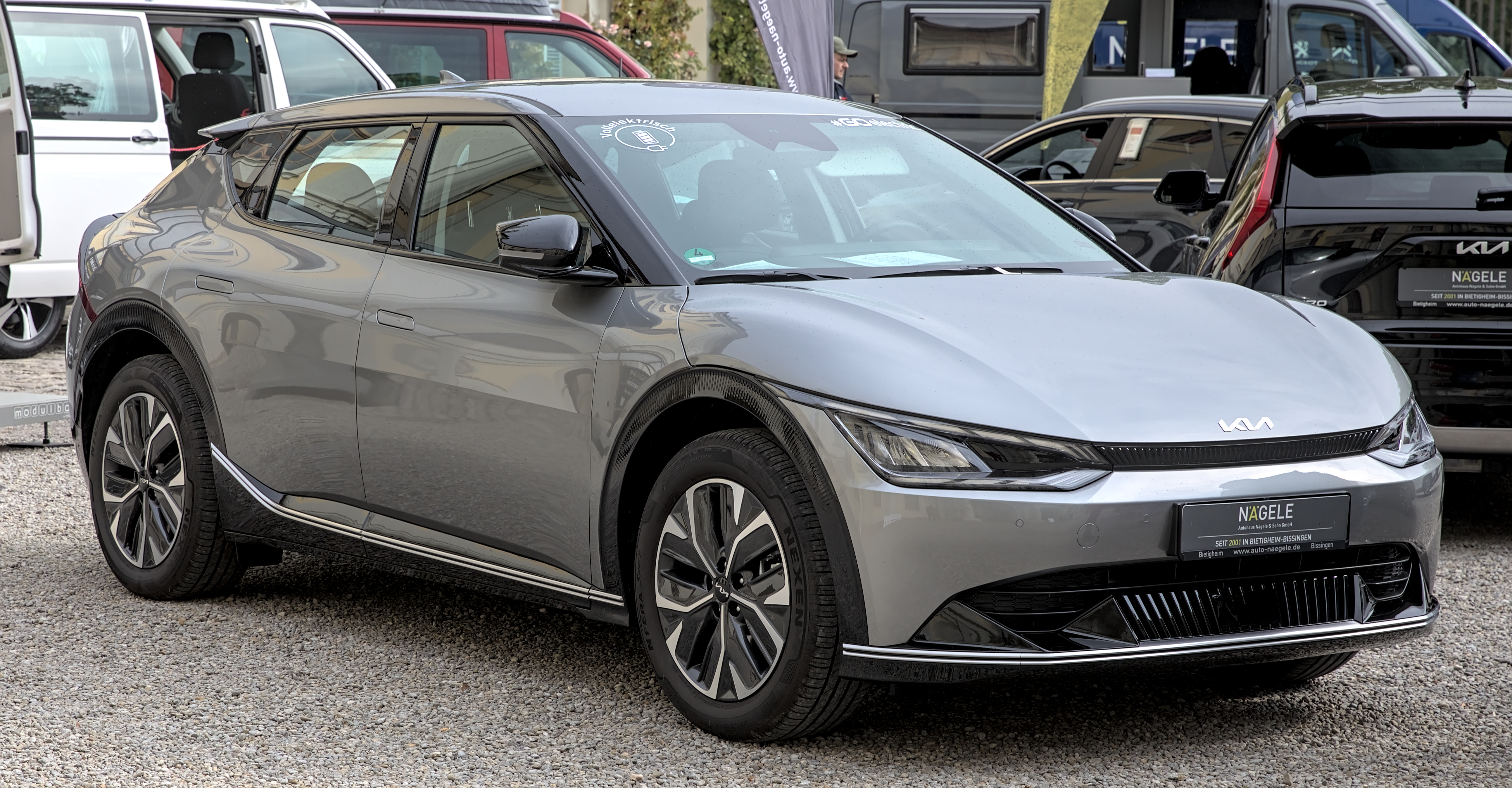
Range and Efficiency: Comparing EV6 and e-Soul
The EV6, with its larger battery option, offers more than 500 km (310 miles) on a single charge, positioning it as a long-distance tourer. The e-Soul’s larger 64 kWh pack delivers up to 457 km (283 miles) on paper and around 380 km in real-world winter conditions. Despite the smaller battery, its efficiency allows it to compete strongly in daily use.
Drivers report that even with spirited use in Sport mode, the e-Soul averages around 24 kWh/100 km (2.59 miles/kWh). Over longer distances, efficiency improves further to approximately 20.5 kWh/100 km (3 miles/kWh). These numbers illustrate how well-optimized energy management can offset the gap in battery capacity.
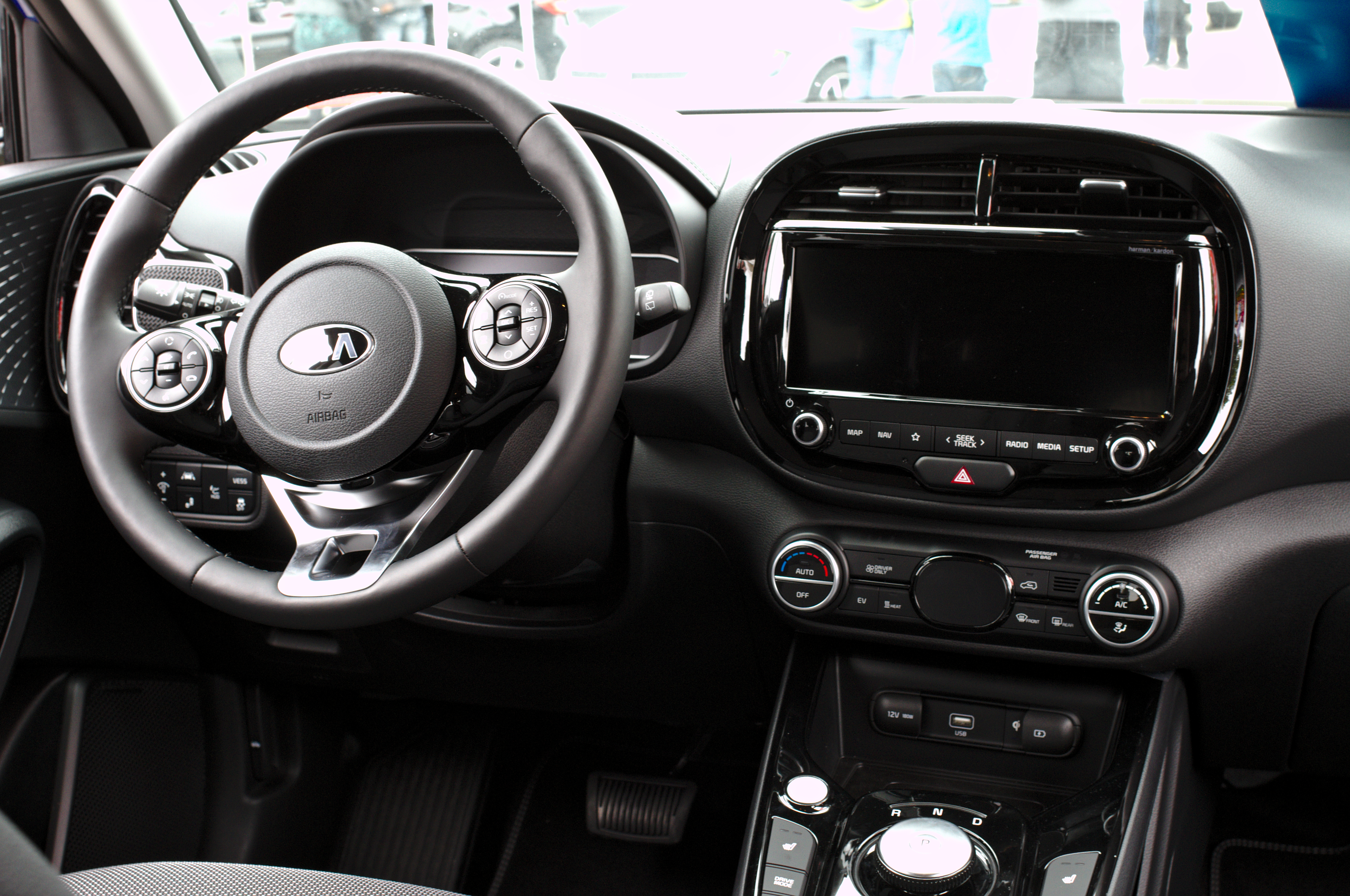
Driving Dynamics: Lightness as a Source of “Soul”
Beyond specifications, driving feel is critical to the soul debate. Although both the e-Soul and EV6 deliver similar acceleration figures on paper, drivers describe the e-Soul as feeling “considerably quicker.” Its lighter weight—1,682 kg compared to the EV6’s nearly 2,000 kg—creates a more agile and responsive character.
This lower mass makes the e-Soul feel “more tossable and willing to turn,” offering a sense of simplicity and playfulness. By contrast, the EV6 delivers premium refinement but lacks the immediacy that some drivers find captivating in the smaller e-Soul.
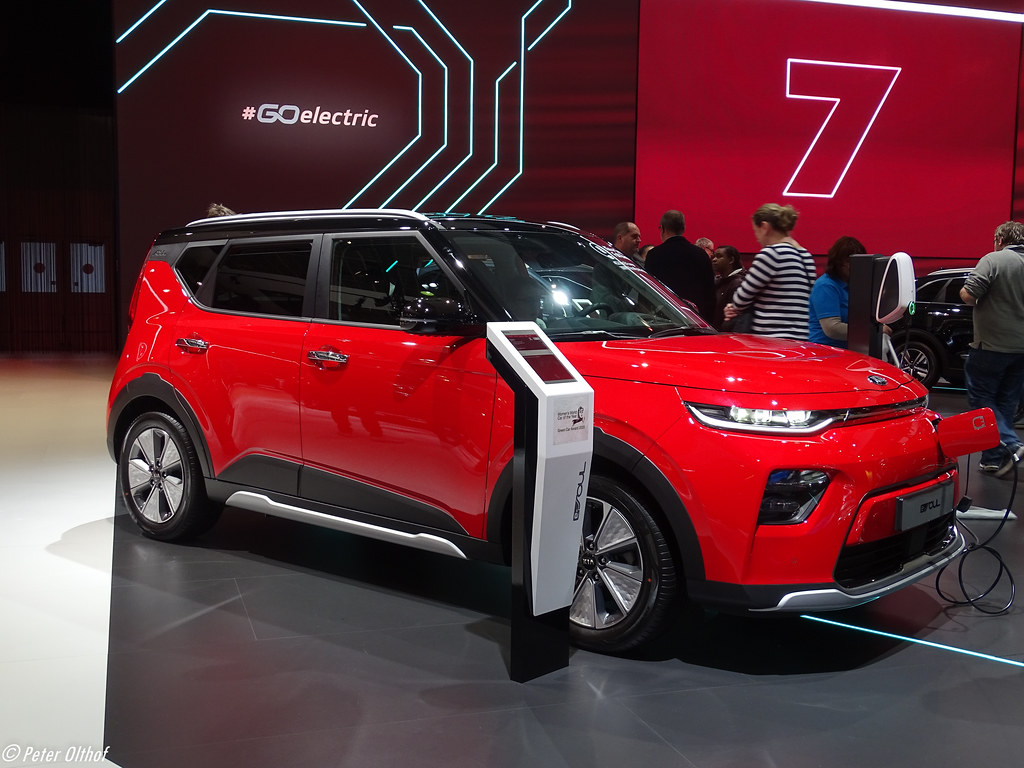
Practicality and Simplicity: The e-Soul’s Honest Charm
The e-Soul avoids flashy futurism and embraces practicality. Its boxy shape maximizes cabin space, transforming it into a versatile vehicle despite compact exterior dimensions. Folding the rear seats provides van-like cargo capacity, and clever storage compartments keep the boot organized.
Inside, the dashboard is clear and user-friendly, with physical climate controls complementing a wide infotainment screen. Cupholders, wireless charging, and smart storage solutions enhance daily usability. The design feels approachable rather than overwhelming, which adds to the car’s relatability.
Charging Speeds and Infrastructure: Technology Meets Reality
One area where the EV6 clearly outpaces the e-Soul is charging capability. With support for ultra-fast charging over 240 kW, the EV6 can recharge more than three times faster than the e-Soul. However, this advantage often depends on infrastructure. In regions with mostly 50 kW chargers, drivers have found that the EV6’s larger battery and higher charging potential offer little real-world benefit.
The e-Soul, while slower to charge, may prove more practical in such conditions. This dynamic highlights a broader reality: charging infrastructure often matters as much as vehicle capability.
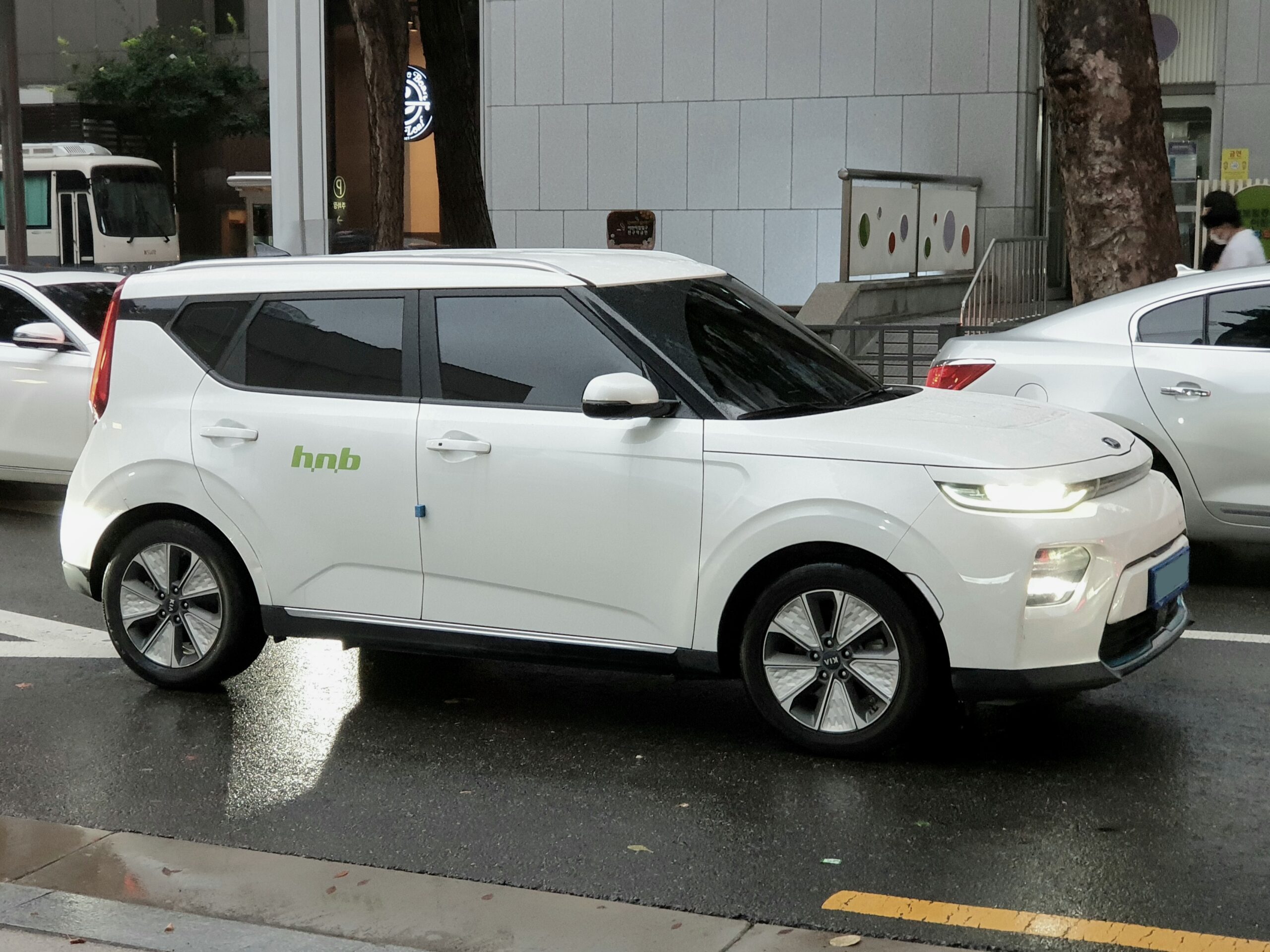
Comfort and Ride: Designed for Daily Use
The e-Soul’s tall, boxy design suggests compromise, yet its handling is unexpectedly composed. With tight body control and a stable low center of gravity from battery placement, it feels secure and confident. Ride comfort is enhanced by its 17-inch wheels, though slightly firm suspension—typical of EVs—remains present.
Steering is direct but deliberately light on feedback, encouraging relaxed driving rather than aggressive cornering. This balance reflects its role as a family-friendly SUV, prioritizing comfort and predictability.
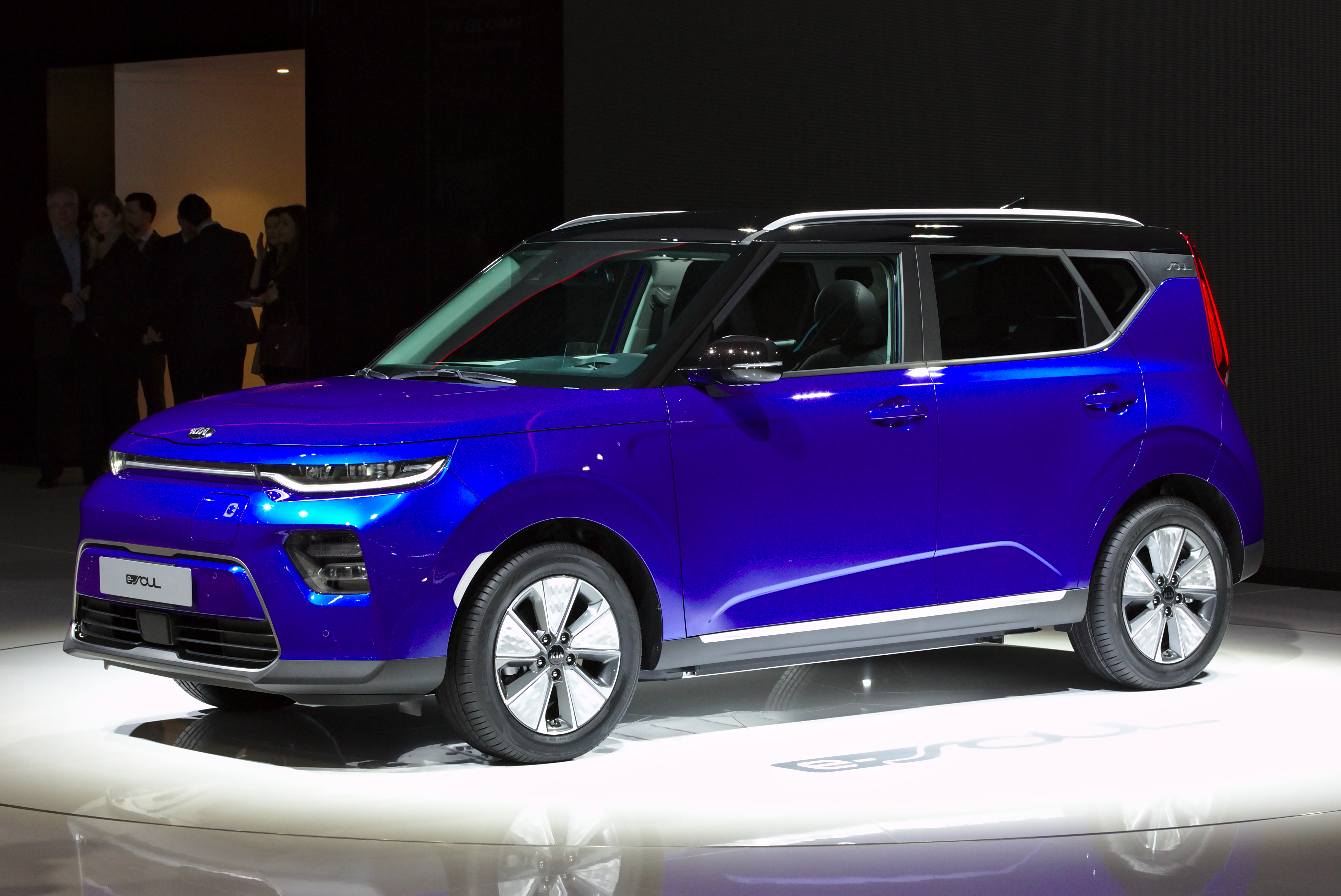
Value and Market Positioning
Pricing strongly favors the e-Soul. While the EV6 tested cost over €63,000, the well-equipped e-Soul was just over €50,000, dropping to around €36,000 with incentives in markets such as Romania. This makes it an accessible long-range EV with strong value.
Running costs are estimated at around one-fifth of a petrol vehicle, and company car drivers in some regions benefit from tax advantages. Combined with Kia’s seven-year, 100,000-mile warranty, the e-Soul offers peace of mind along with financial savings.

A Quirky Legacy with Lasting Impact
The e-Soul’s unconventional design and straightforward approach have earned it a loyal following. While it may not be universally admired for its looks, its blend of efficiency, practicality, and engaging dynamics has made it an “unexpected favorite.”
As Kia looks ahead with models like the upcoming EV3, the e-Soul stands as proof that electric cars can indeed possess a distinct “soul.” Its success suggests that automotive character is not defined by futuristic styling or maximum range alone, but by how a vehicle connects emotionally with its driver.

